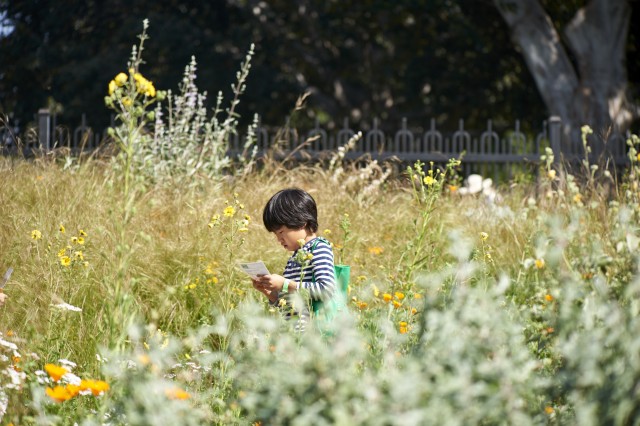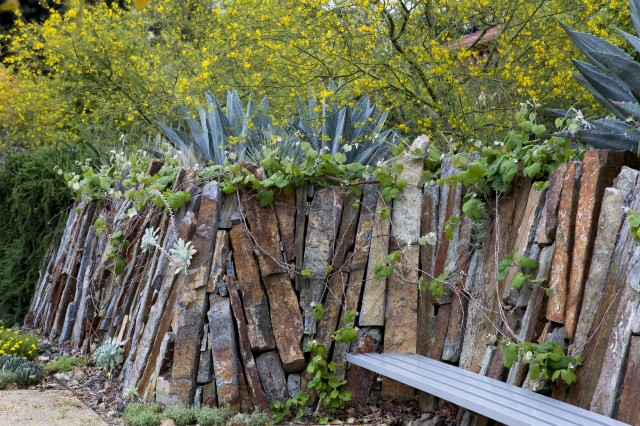Drink in Your Summer Garden
The Museum's manager of horticulture, Daniel Feldman, identifies five plants—for your garden and ours—that thrive in summer.
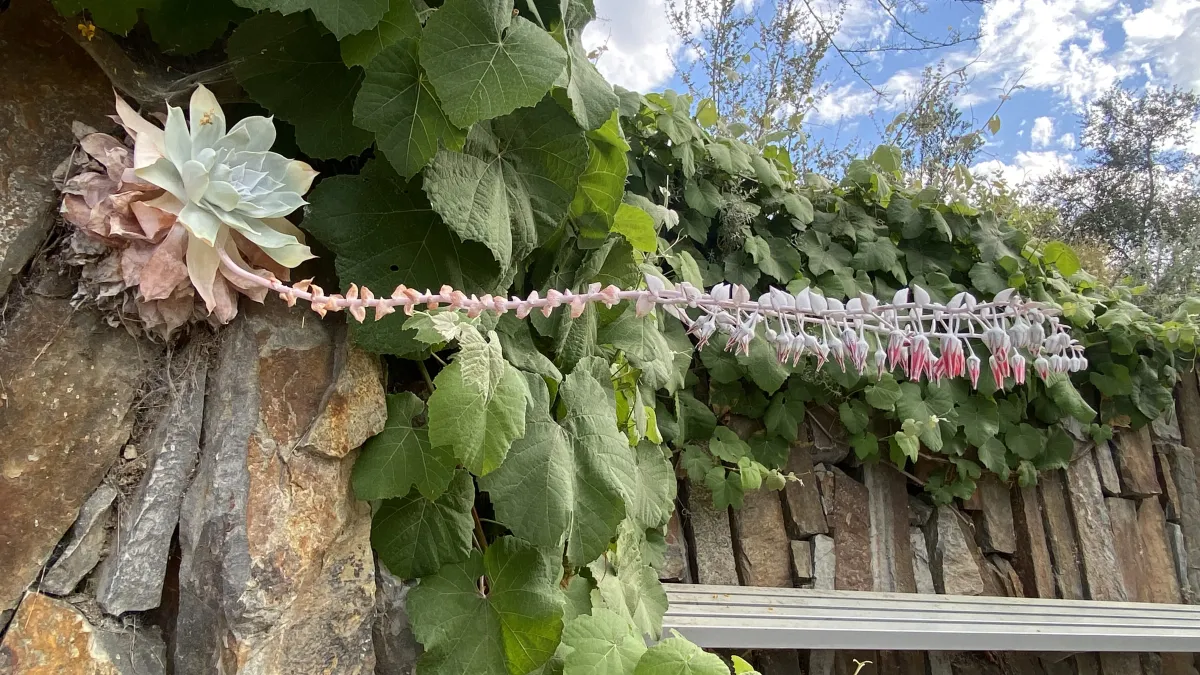
Fun fact: Once they get going, gardens made up of California native plants use 80% less water than conventional gardens!
Water is scarce and we all need to conserve. Here are five "Summer Dry" charmers, H2O-thrifty plants that attract birds, bees, and butterflies.
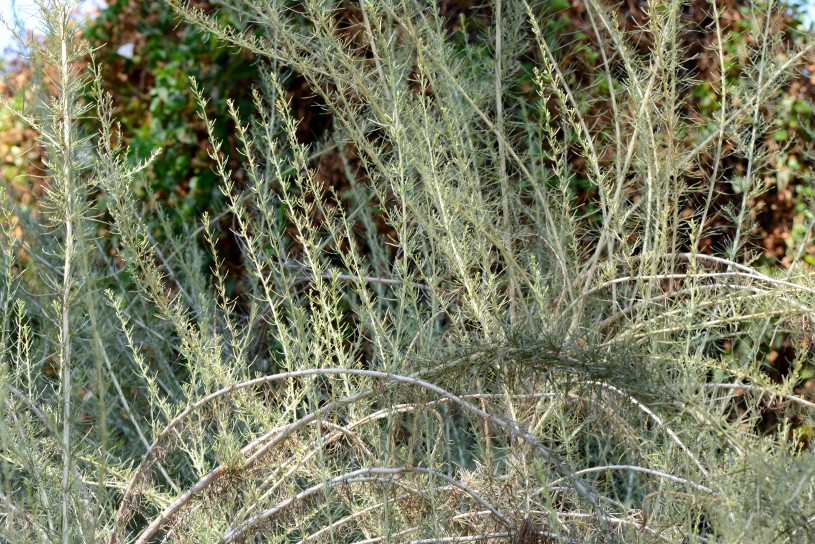
California Sagebrush, sometimes known as Cowboy Cologne for its sweet and musky scent, have small silvery leaves that help them retain water throughout the dry summer season. The plant also provides a friendly home for the endangered California gnatcatcher.
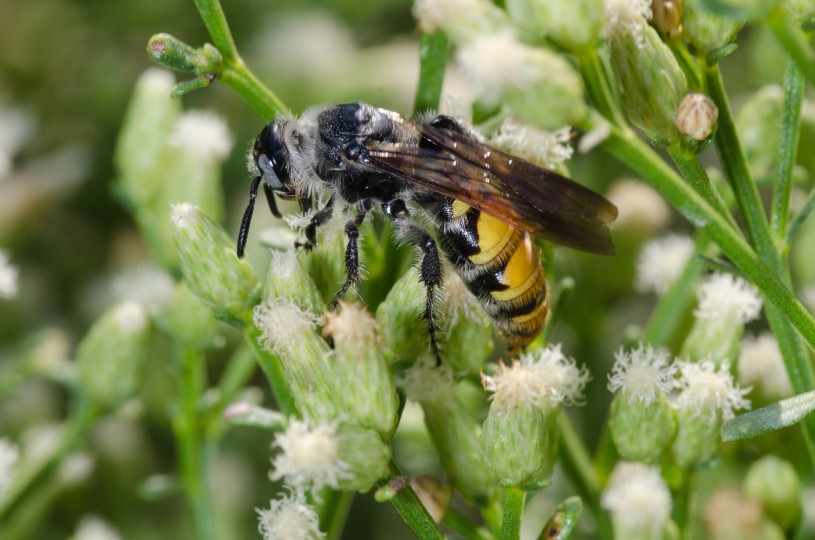
This summer bloomer, Coyote Bush, Baccharis pilularis, has small, brush-like flowers that provide nectar for so many insects! Don't prune in the summer so the flowering is not interrupted!
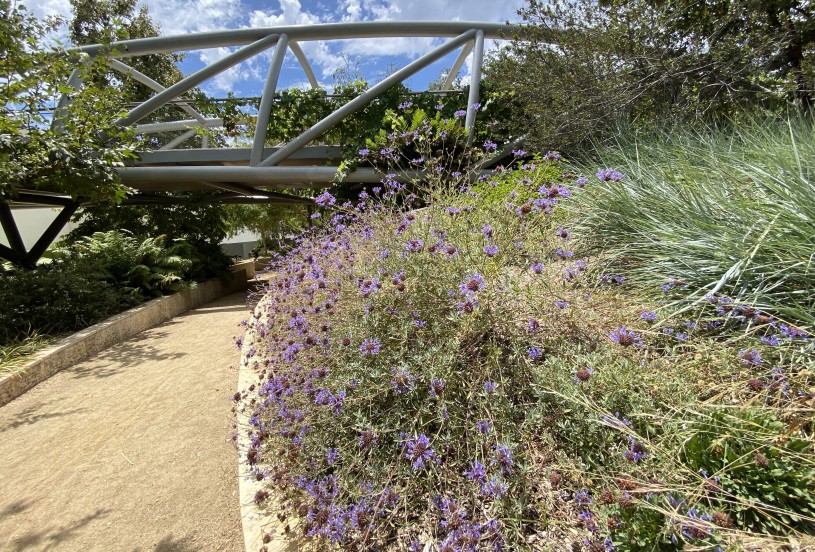
Cleveland sage, or Salvia clevelandii, are fragrant plants from the mint family. They love sun and heat and are very tolerant of dry conditions. Their flowers attract butterflies and hummingbirds, and lesser goldfinches love eating the seeds!
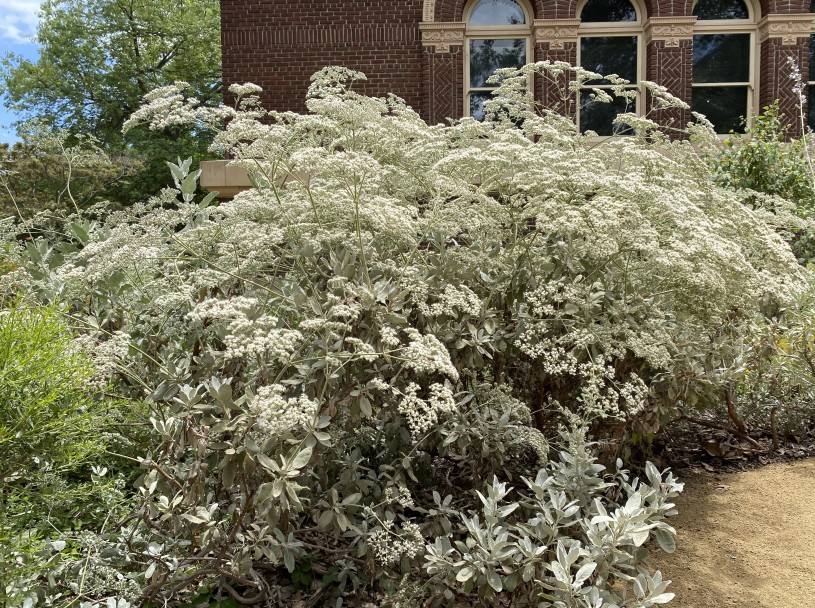
Eriogonum giganteum hails from the Channel Islands and is the largest buckwheat, often reaching 6 feet by 6 feet. Its flower clusters mature into an autumnal rusty brown color which lasts well into the summer.
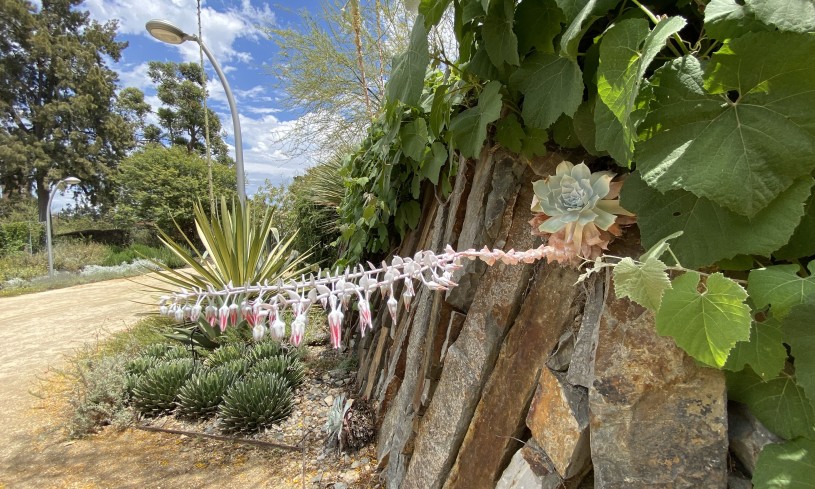
“Live Forever” Dudleya pulverulenta, or chalk dudleya, is a local species that goes dormant during summer when moisture is not available, then springs back to life in winter and spring. Look for them thriving in the little crevices between the stones outside on NHM's Living Wall.
Come by and meet these verdant residents of the Nature Gardens!
This is part of a seasonal video series on gardening in drought conditions. Look out for a new batch of greenery picks this fall!
A big thanks to our sponsor

